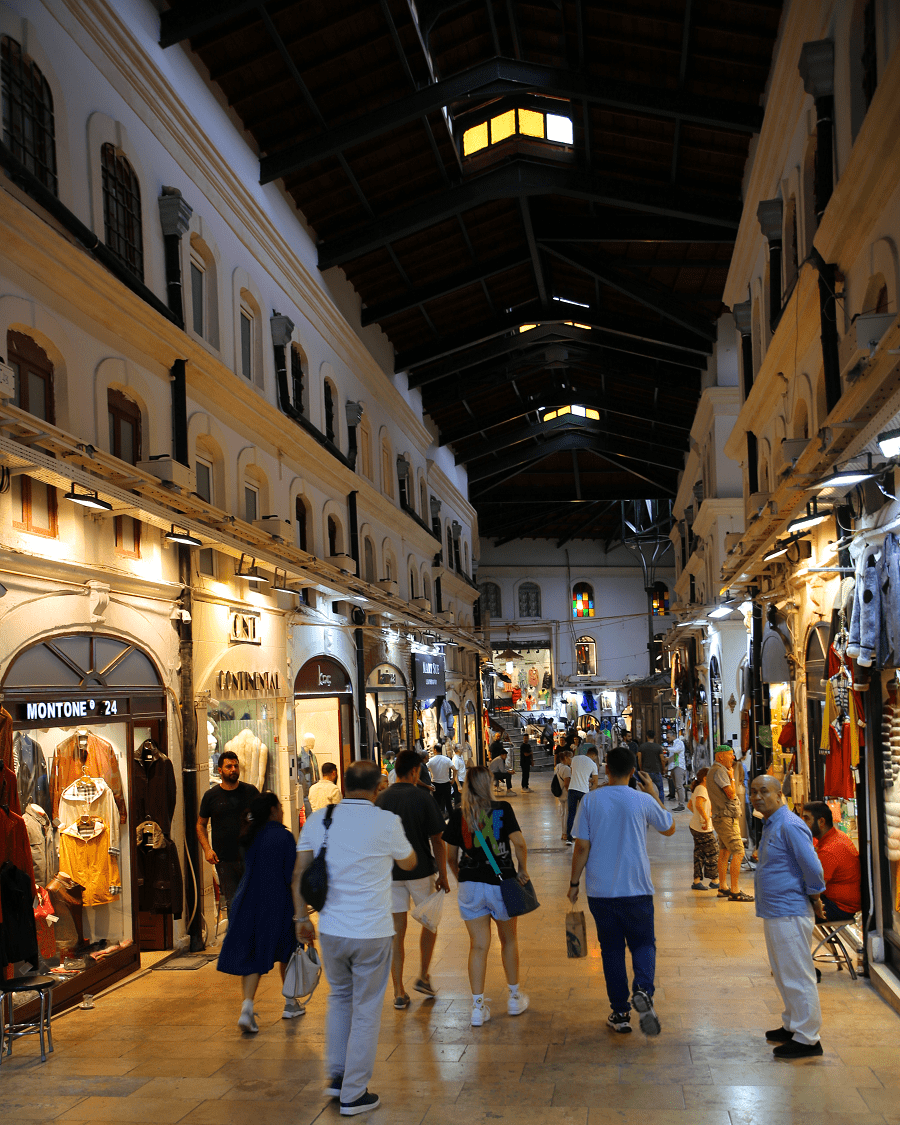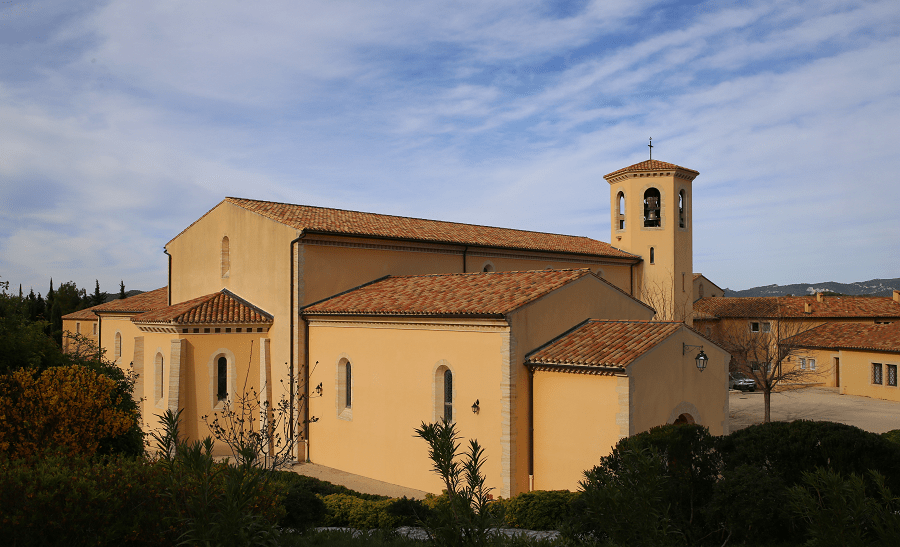The Grand Bazaar (Kapalıçarşı) is the largest bazaar and one of the oldest covered bazaars in the world, located in the center of Istanbul, in the middle of Beyazıt, Nuruosmaniye and Mercan districts. There are approximately 4,000 shops in the Grand Bazaar, and the total number of employees in these shops is approximately 25,000. It is said to house nearly 500,000 people at its busiest times during the day.
In 2014, it was ranked 1st among the most visited tourist attractions in the world, with 91,250,000 visitors. The Grand Bazaar is often called the world’s first shopping mall.
Among the two bazaars that form the core of the Grand Bazaar, the Inner Bedesten, that is, the Cevahir Bedesten, is controversial among the authors, but it is most likely a Byzantine building and measures 48 m x 36 m. The New Bedesten is the second important structure of the Grand Bazaar. Built by Fatih Sultan Mehmed in 1460, it is called Sandal Bedesten. This name was given because the Sandal fabric, which is woven from one part of cotton and the other of silk, is sold here.
1460, the year when the construction of the Grand Bazaar started, is accepted as the founding year of the bazaar. The real big bazaar was built out of wood by Suleiman the Magnificent.
Like a gigantic labyrinth, with 66 streets and 4,000 shops in an area of 30,700 square meters, the Grand Bazaar is a unique center of Istanbul that must be seen. This completely covered site, almost like a city, has developed and grown over time. Until recently, there were 5 mosques, 1 school, 7 fountains, 10 wells, 1 public fountain, 1 fountain, 24 gates and 17 inns.
Until the restoration following the quake of 1894, the Grand Bazaar had no shops as found in the western world: along both sides of the roads, merchants sat on wooden divans in front of their shelves. Each of them occupied a space 6 to 8 feet (1.8 to 2.4 m) in width and 3 to 4 feet (0.91 to 1.22 m) in depth. This was named in Turkish dolap, meaning ‘stall’. The most precious merchandise was not on display but kept in cabinets. Only clothes were hung in long rows, with a picturesque effect. A prospective client could sit in front of the dealer, talk with him and drink a tea or a Turkish coffee in a relaxed environment.
What to buy?
This kind of organization disappeared gradually, although nowadays a concentration of the same business along certain roads can be observed again:
Jewellers and gold bracelets along Kalpakçılar Caddesi;
Gold bracelets along Kuyumcular Çarşısı;
Furniture along Divrikli Caddesi;
Carpets along Sahaflar Caddesi;
Leather goods along Perdahçılar Caddesi
Leather and casual clothes at the Bit Pazarı.
How to get to?
The Bazaar can easily be reached from Sultanahmet and Sirkeci by trams (Beyazıt-Kapalıçarşı stop).














